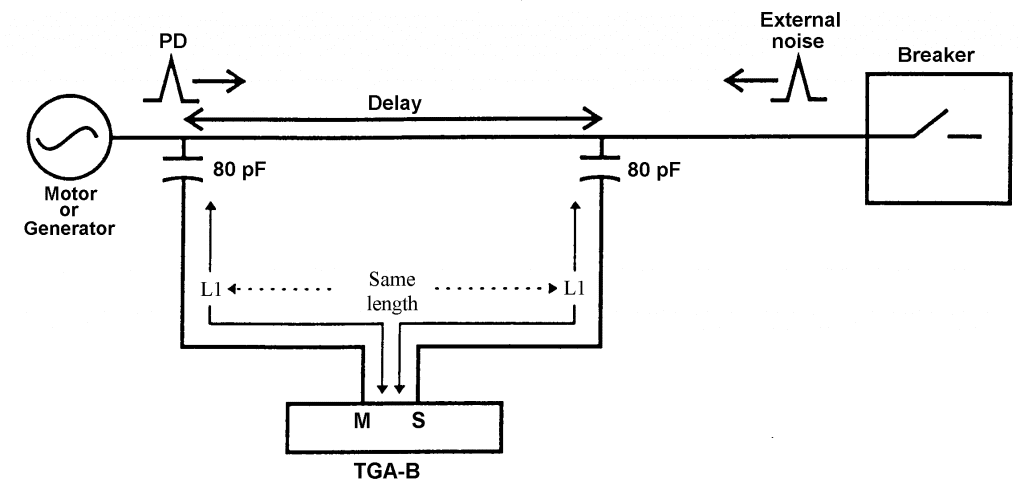Practical Application of Stator Winding On-Line Partial Discharge Monitoring in the Petrochemical Industry
E. Bispo dos Reis, M. Sasic and G. Stone Iris Power Mississauga, ON, Canada
ABSTRACT
The stator winding insulation in petrochemical plant motors and generators have been assessed using routine on-line partial discharge (PD) testing for at least 20 years, starting in chemical plants in the US Gulf Coast. PD are small electrical sparks that can occur in the winding insulation system due to poor manufacturing of the stator winding; or due to aging of the stator. In online PD monitoring the PD current pulses are detected by either capacitive sensors or high frequency current transformers that are mounted in the motor terminal boxes. To ensure reliable results, attention must be paid to reducing the risk of false positive indications due to electrical noise.
The methods that are most successfully used employ time-of-pulse arrival, pulse shape analysis and the optimal selection of the measurement frequency range. Since the early days, great progress has been made with interpretation. Case studies from petrochemical industry machines are presented to show how machines with insulation problems can be identified using both the trend in PD over time and the absolute magnitude of the PD. However, experience shows that the trend itself, as well as the absolute magnitude can sometimes give a misleading indication of the stator winding insulation condition.
Keywords: Partial Discharge, Monitoring, PD – Measurement, Generator






